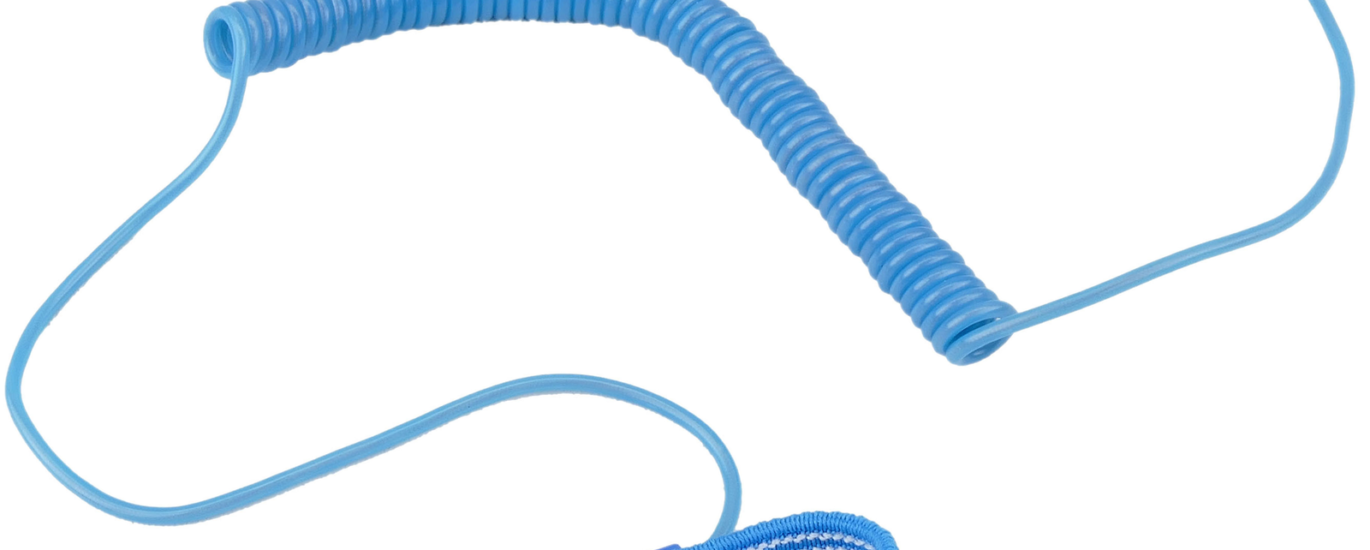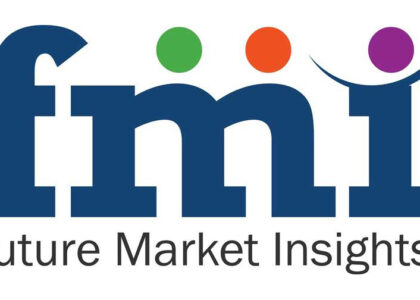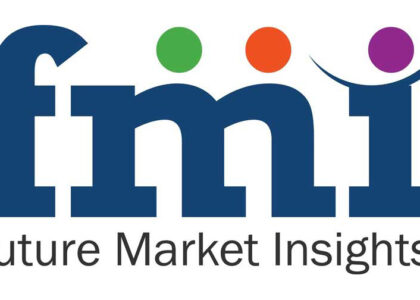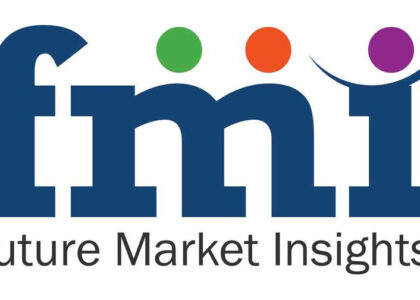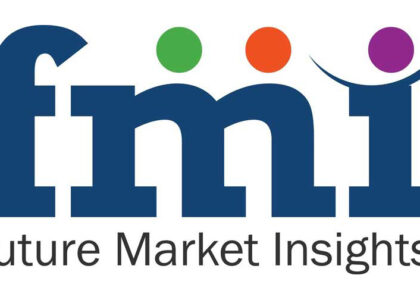The global Anti-Static Fibres Market is expected to augment at a phenomenal growth rate over the forecast period from 2022 to 2032. The growth of the market is attributed to the variety of industrial, chemical, metallurgical, mineral, and agricultural applications where the process and dust tend to build static and there is a potential ignition source.
The chemical and textile industries are considered the largest consumers of anti-static fibers all over the globe. Their dominance is predicted to surge from 2022 to 2032. Other anti-static fiber applications include cleanroom clothing fabrics, protective apparel, and workwear clothing.
The use of anti-static fibers creates a safer and more comfortable working environment than synthetic products, especially in applications where static electricity is a major concern, such as aircraft carpets, buildings with sensitive electronic equipment, fuel transfer facilities, and so on.
Get ahead of the competition by accessing valuable insights from industry experts. Download our sample now and unlock the key to effective growth strategies @ https://www.futuremarketinsights.com/reports/sample/rep-gb-437
Key Takeaways
- The global anti-static fibers market is predicted to augment rapidly. The growth is attributed to the increasing demand from end-user industries such as packaging and clothing. Furthermore, the global anti-static fibers market is expected to more than double in value over the forecast period, with a higher CAGR.
- The rising consumption of anti-static fibers from emerging economies such as India and China across the Asia Pacific region is expected to drive market growth, as there is a greater demand for lighter and stronger materials.
- The global fabric anti-static electronics gloves market is expanding at a robust pace, resulting in strengthening the market growth. Surging factors such as stringent electrostatic discharge regulations and rapid industrialization in developing countries are one of crucial factors contributing to the market’s growth.
- Other vital driving forces include increased demand for anti-static protection in industries such as semiconductor, photovoltaic cell manufacturing, or silicon wafer washing, where workers are at risk of static electricity-related side effects such as shocks, burns, or electrical currents that pass through the body.
- Because the oil and gas industry is a major raw material supplier for this market, the availability of substitutes, government regulations, and volatile raw material prices are major restraints for the anti-static fibers market.
Competitive Landscape
The anti-static fibers market is on the rise due to the presence of major market players in the global market. The prominent players in the market are focusing on innovation and new product development, and the opportunities in the antistatic agents market are enormous. The increasing use of anti-static agents by end-user industries will propel the anti-static fiber market forward in the future. Some of the key players in the anti-static fibres market are working on strategies such as mergers and acquisitions, collaborations, and the launch of new products.
Some of the key players in the anti-static fibres market
- Noble Biomaterials, Inc.
- W. L. Gore & Associates, Inc.
- Swicofil
- Yantai Tayho Advanced Materials Co Ltd
- Akrilic Kimya Sanayii AS
- Cytec Industries Inc.
- Tianyu Textile
Request Report Methodology @ https://www.futuremarketinsights.com/request-report-methodology/rep-gb-437
More Insights into the Anti-Static Fibres Market
The Asia Pacific region is anticipated to dominate the global anti-static fibres market over the valuation period. Asia Pacific region is known as one of the largest markets followed by Latin America and Europe. Because of rising end-user consumption, India and China are major regional markets for anti-static fibers. Furthermore, Japan, the Republic of Korea, and Indonesia are major consumers of anti-static fibers in the Asia Pacific.
South African region is expected to create lucrative opportunities for the global anti-static fibres market over the assessment period. The growth of this region is attributed to the presence of regional players in South Africa, and other global players working on establishing their manufacturing plants and research centers in these developing countries. Due to cheap labor and easy availability of raw materials, such regions are predicted to have a significant contribution to the growth of the anti-static fibres market.
Augmenting growth, particularly in the chemical and textile industries are primary reasons to bolster growth in the market. With increased sales of electronic components and increased demand for specialized packaging film, anti-static fibers have become more important in recent years.
The European region is likely to showcase promising growth factors over the assessment period from 2022 to 2032. Growth in the region is attributed to the stringent regulatory standards for electrostatic discharge, which has led to the use of fabric anti-static gloves in industries such as semiconductors and photoelectricity industries, which are two major end-users of these products.
Key Segments Covered in the Anti-Static Fibres Market Report
Product Type:
- Polyester Anti-Static Fibres
- Acrylic Anti-Static Fibres
- Metaramide Anti-Static Fibres
- Polyamide Anti-Static Fibres
- Polypropylene Anti-Static Fibres
Application:
- Anti-Static Fibres for the Packaging Industry
- Anti-Static Fibres for the Clothing Industry
- Anti-Static Fibres for the Electronics Industry
Region:
- North America
- Latin America
- Western Europe
- Eastern Europe
- APE
- Japan
- Middle East & Africa
About Future Market Insights (FMI)
Future Market Insights, Inc. (ESOMAR certified, Stevie Award – recipient market research organization and a member of Greater New York Chamber of Commerce) provides in-depth insights into governing factors elevating the demand in the market. It discloses opportunities that will favor the market growth in various segments on the basis of Source, Application, Sales Channel and End Use over the next 10-years.
Contact Us:
Future Market Insights Inc.
Christiana Corporate, 200 Continental Drive,
Suite 401, Newark, Delaware – 19713, USA
T: +1-845-579-5705
LinkedIn| Twitter| Blogs | YouTube
For Sales Enquiries: sales@futuremarketinsights.com

